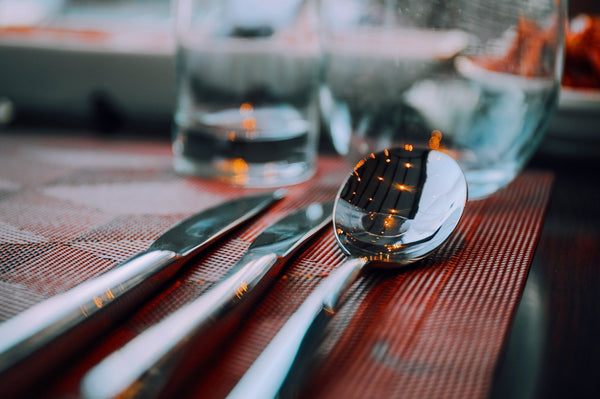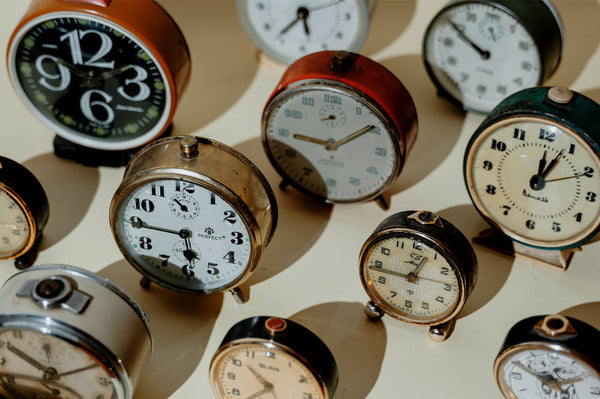MAKING THE BEST GIN
Gin dates back to the 11th century when early Europeans used it for medicinal purposes. After the Glorious Revolution of 1688, gin became the national drink of England, enjoyed for its distinctly botanical flavoring. Though gin fell out of favor briefly for modern mixed drinks, it's recently seen a resurgence of popularity. This has inspired gin makers to take a fresh approach to their craft, trying inspiring new methods to produce the best gin on the market...

What Is Gin?
Rules in the United States define gin as an alcoholic beverage that has a minimum of 40% alcohol by volume (ABV) and contains juniper berries, which give gin its distinctive taste. This must be the predominant flavor in the beverage for it to qualify as a gin product, let alone the best gin.
In the European Union, a few additional requirements apply. Gin makers in Europe must distill the liquor from a neutral product like grapes, potatoes, wheat, or barley. This produces a neutral spirit that's better suited to take on the flavors of botanicals. The EU only requires a 37.5% ABV for its gin.
How Gin Is Made
Gin production begins with the base ingredients. Unlike bourbon, which has specific requirements for the base, gin makers can use nearly any neutral product. Gin makers mix a selection of dried, prepared ingredients with water and yeast. Each gin maker has its own recipe for making the best gin possible. This mixture may include botanicals that give gin its distinctive flavor, including juniper and other herbs and spices.
Gin makers then heat this blend and stir it to form a fermentable gin mash. They allow their base to ferment for a set period, usually between one and two weeks. This gives the mash adequate time to produce ethanol.
When the fermentation process is complete, the gin maker strains the liquid from the solids and discards the solids, using the resulting ethanol for the next steps in the process. The ethanol goes through a distillation process to remove impurities from the liquid. Each gin maker distills their product differently to get the best gin. Some distill the gin just once, while others go through a dedicated redistillation process to get the purest product possible. If the gin maker works exclusively with original distillation or redistillation, they term the result "distilled" gin.
Some gin makers add botanicals during the distillation process. They may steep the botanicals in the ethanol before or in between rounds of distillation. The gin maker can distill their product through steeping, vapor infusion, or vacuum distillation.
After distillation, the gin maker must sort the resulting liquid. The first 35% is known as the head. This portion contains a toxic level of ethanol and must be discarded. Distillers refer to the next 30% as the heart. This is the most desirable liquid of the batch, producing the best gin. The remaining 35%, called the tail, isn't pure enough to use on its own, but gin makers can redistill it to produce more gin.
Finally, the gin maker will dilute their finished product to the appropriate ABV. They may add sugar or other flavorings at this stage to create particular flavors.
Types of Gin
Gin comes in many styles, each with its own unique flavor and finish. Some of the most common options include:
- London dry: Gin makers often consider London dry the best gin for refined occasions. To make a London dry, the gin maker must use only natural botanicals added during the distillation process. Gin makers can only use a small amount of sweetener postdistillation.
- Plymouth: Plymouth gin must come from Plymouth. This sweet gin features orris and licorice. It contains 57% ABV, making it higher proof than most other gins.
- Old Tom: The best gin for a sweet flavor, Old Tom style gin originated at a time when producers added an excessive amount of honey or sugar to disguise a poor product. This type of gin often has a citrus flavor and a hint of malt.
- Navy strength: Navy strength gins must have 57% ABV or higher. The term purportedly comes from the 18th century, when officers in the British Royal Navy received gin rations for their journeys. The gin had to be 100 proof so that gunpowder stored alongside it would still burn even if the gin barrels leaked.
The Making of Rabbit Hole's Bespoke Gin
Knowing the ins and outs of gin will help you understand the many refined features that go into producing the best gin products on the market. Rabbit Hole's Bespoke Gin is an outstanding choice that stands apart from the pack thanks to its distinctive production methods and one-of-a-kind flavor.
Rabbit Hole Bespoke Gin begins as a London dry gin imported from Europe. Coming from overseas, this gin adheres to all the EU regulations for making the best gin, which includes distilling the alcohol from a neutral product. Since this is a London dry, it contains only all-natural botanical ingredients to give it a sophisticated and thoughtfully refined flavor.
Gin makers finish the imported London dry gin in bourbon barrels previously used for Rabbit Hole's Boxergrail Kentucky Straight Rye. Boxergrail uses a 95-5 blend of rye and malted barley. The rye whiskey then ages in barrels that are both toasted and charred. The process takes as much as 20 minutes per barrel, patiently coaxing sugar out of the wood fibers to deliver a rich and complex flavor to the resulting whiskey. Boxergrail delivers rich flavors of black tea, citrus, butterscotch, and spice.
As the Bespoke Gin ages in these barrels, it takes on a hint of this spice as well as a lovely golden hue. The result is a delightfully mellow gin that's sweet and fruity. Botanicals including licorice, coriander, orris root, lemon peel, orange peel, and angelica add complexity alongside the essential juniper berries, so you'll note flavors of citrus, honeysuckle, nutmeg, honey, and ginger in the finished product.
If you're seeking the best gin for a complex flavor profile and spicy finish, Rabbit Hole's Bespoke Gin is the ideal choice. Add this intriguing bottle to your collection for a truly memorable sipping experience.






